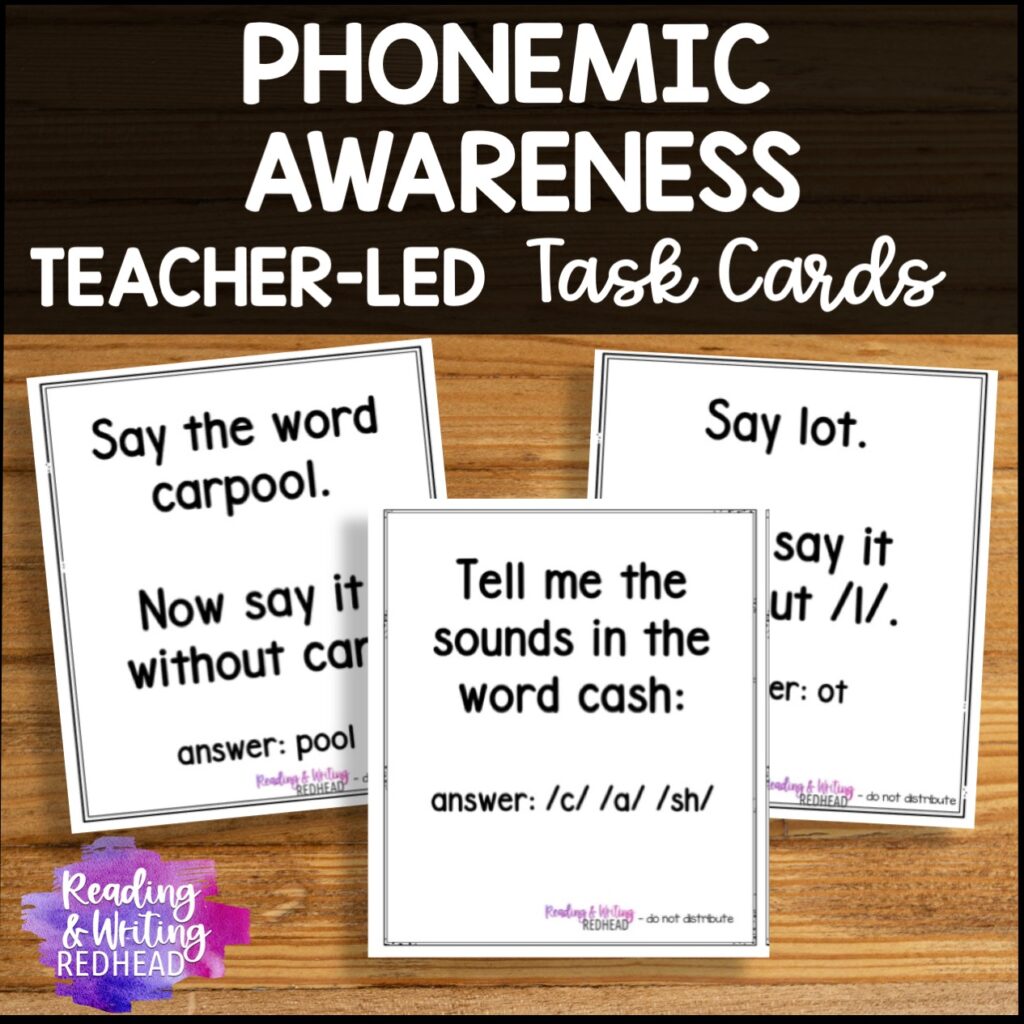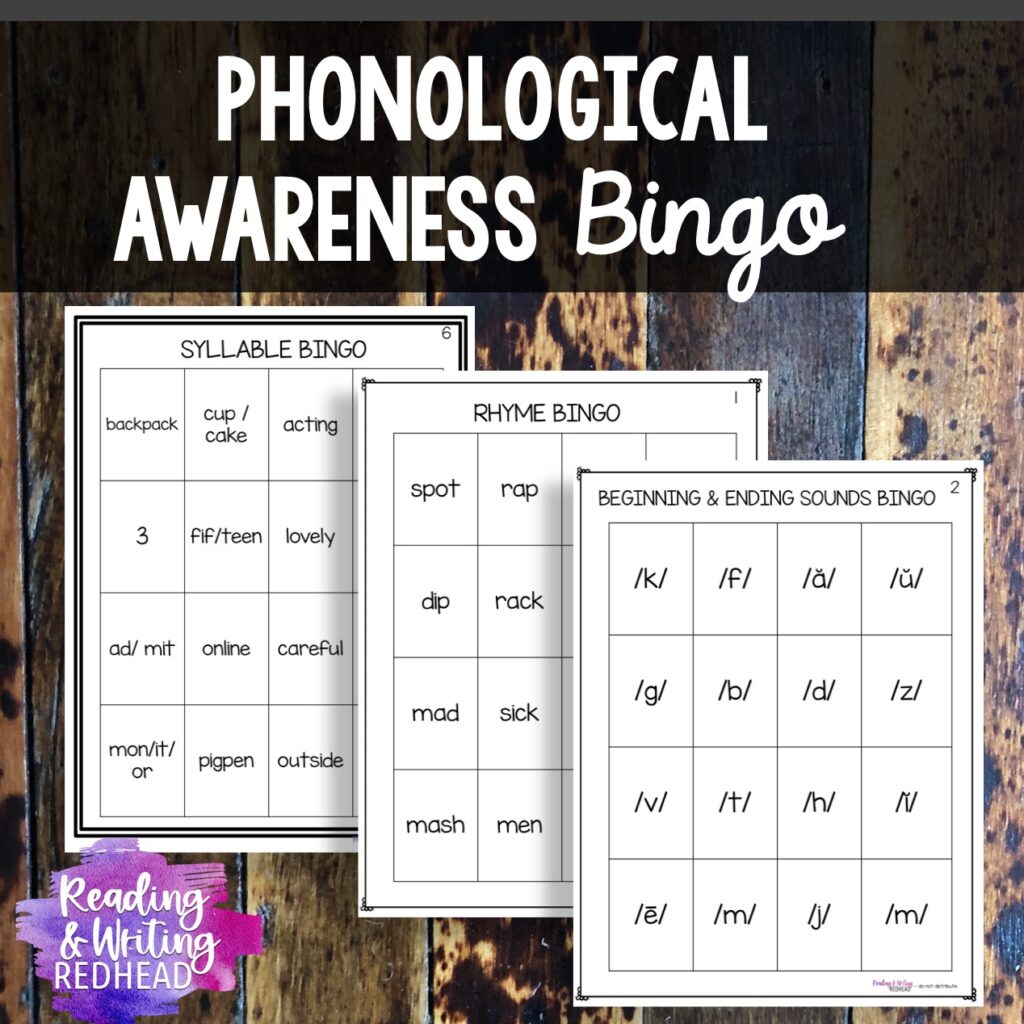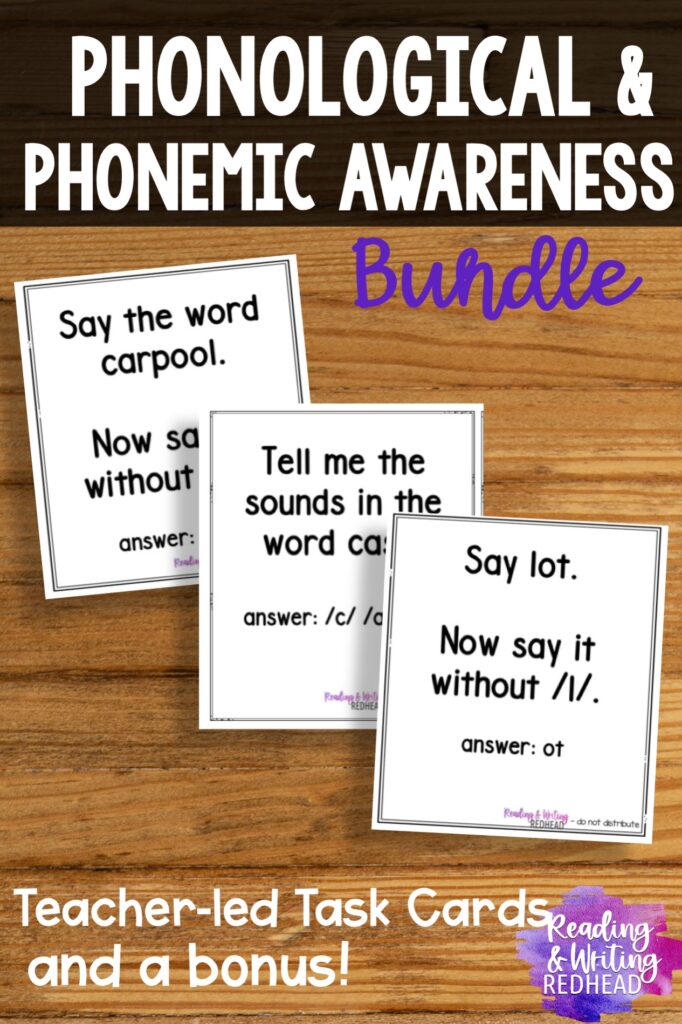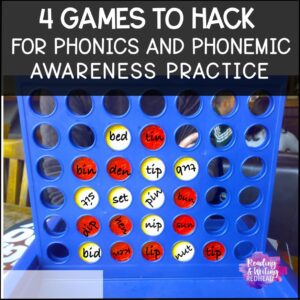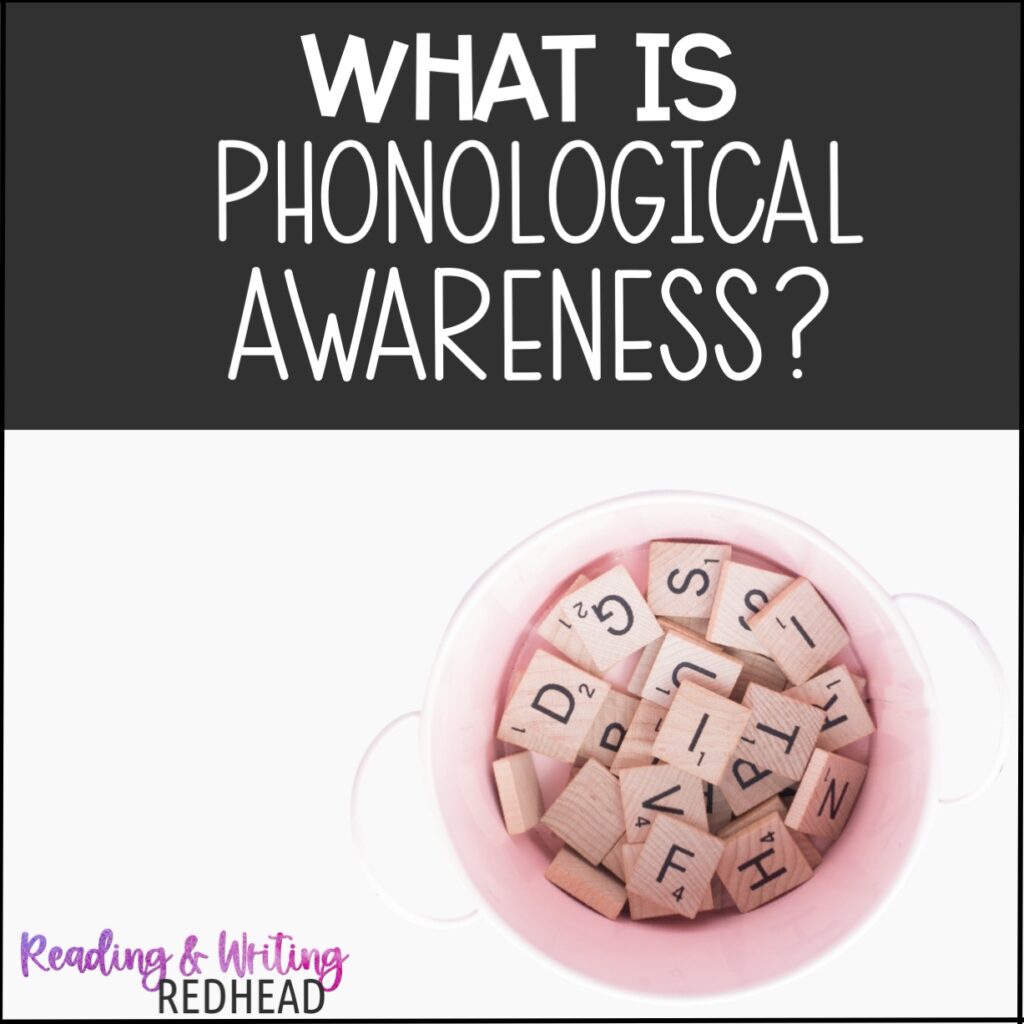
What is phonological awareness? Teachers have been hearing all these Science of Reading terms thrown around, and they sure can get mixed up in our minds!
Well, I am here to help!
Phonological Awareness is…
According to the Massachusetts Department of Higher Education, phonological awareness is “the awareness of and ability to work with sounds in spoken language”. Many places use the umbrella analogy. Picture an umbrella which is phonological awareness…
Under the phonological awareness umbrella are vital skills for the development of reading. At the word level you have rhyming, alliteration and segmenting sentences (counting words in a sentence).At the syllable level you have recognizing and counting syllables.
Phonological awareness also includes onset and rime. The onset is the first sound ie /d/ in dog. Rime is the “word family” or rhyme such as /eat/ or /eet/ in seat and meet. Phonemic awareness is also considered to be under the umbrella. It is the ability to identify and work with individual sounds in words (much more on this in an upcoming blog post!) Phonemic awareness only involves sounds and not written letters or words (that is phonics).
Try these teacher led Phonemic Awareness task cards to support your students! Find out more here.
Keep reading to see some examples of phonological awareness!
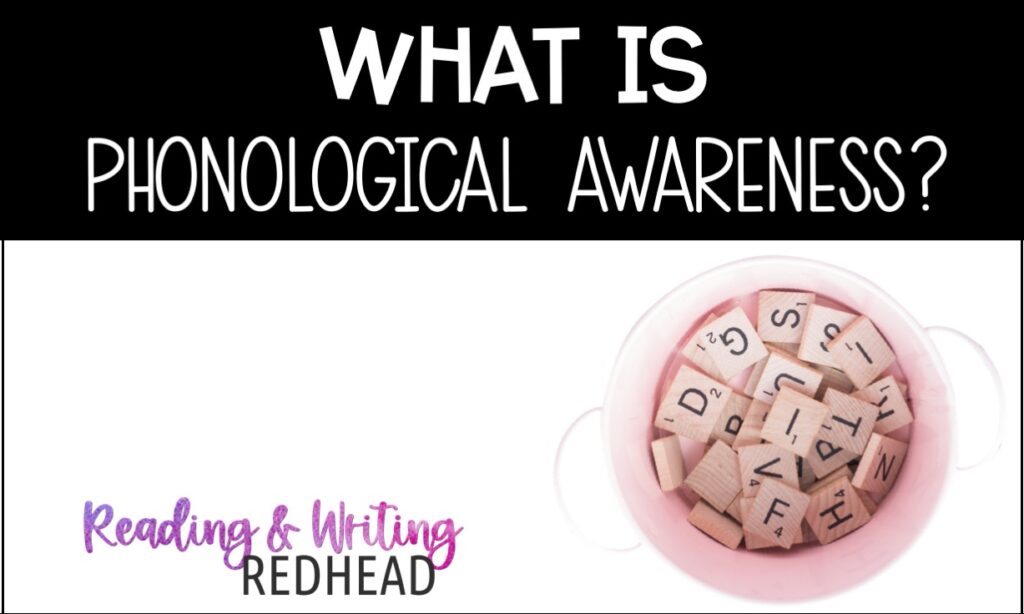
Examples of Phonological Awareness Activities
Here are just a few examples:
- Sentences – counting the words in a sentence with chips (the sentence must be said out loud, not written)
- Rhymes – listening to pairs of words and noticing if they words rhyme or not, listening to rhyming poems
- Syllables – pushing up a chip for each syllable in a word, splitting a word into its syllables or putting syllables together into a word.
- Initial sounds – Identifying the first sound of a word
- Medial sounds – identifying the middle sound of a word (for beginners, use CVC words with short medial vowels)
- Final sounds – Naming the final sound in a word
- Onset and rime – asking students to break a word into onset and rime, like cup into /c/ /up/
- Deleting and adding phonemes – taking a word and adding or deleting a sound from it , like “what is cup without /c/?”
- Substituting phonemes – replacing a phoneme in a word with a different one, such as “Say cup. Now say cup , but instead of /c/, say /p/” and the students should say “pup”
Phonemic Awareness Bingo is a fun way to practice skills with your students ! Click here or on the image to get more info!
Phonological or Phonemic Awareness Programs:
Your school may have purchased one of these for teachers, or you may be gathering your own materials from places like TPT.
- Heggerty
- Superkids Phonemic Awareness Program
- Sounds First Phonemic Awareness
- Read, Write & Type! Learning System
- Funemics
Which program, if any do you use? Let me know, and please share any questions you may have!
Try this bundle to get more resources at an affordable cost! Click to get more details.
SAVE ME to refer to later by pinning the image below!
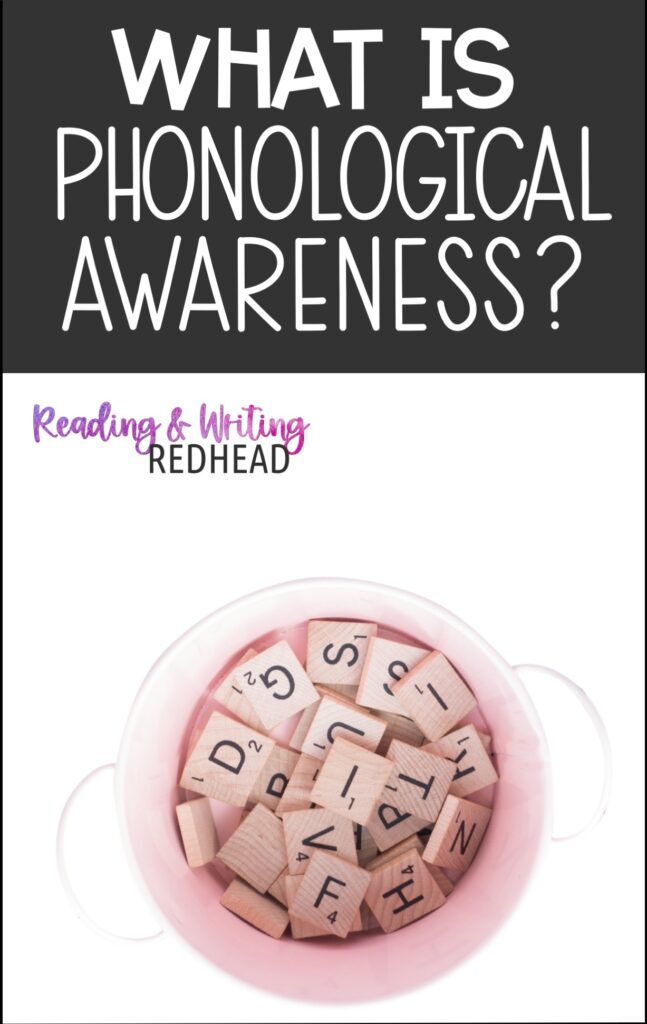
You might also be interested in these blog posts:
- Reading Intervention: 10 Phonics Tips
- What is Phonemic Awareness
- 8 Ways to Use Pop Its to Engage Learners
- Reading Intervention: Sounding out Words
- Reading Intervention all in one Place
- 7 Ways to Practice CVC Words


